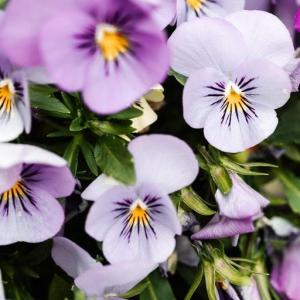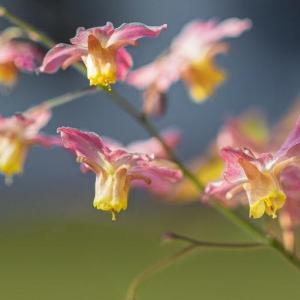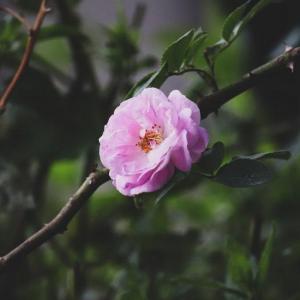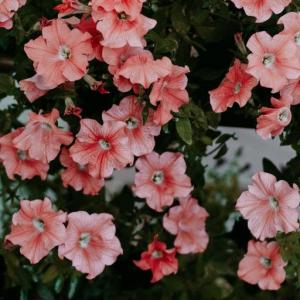
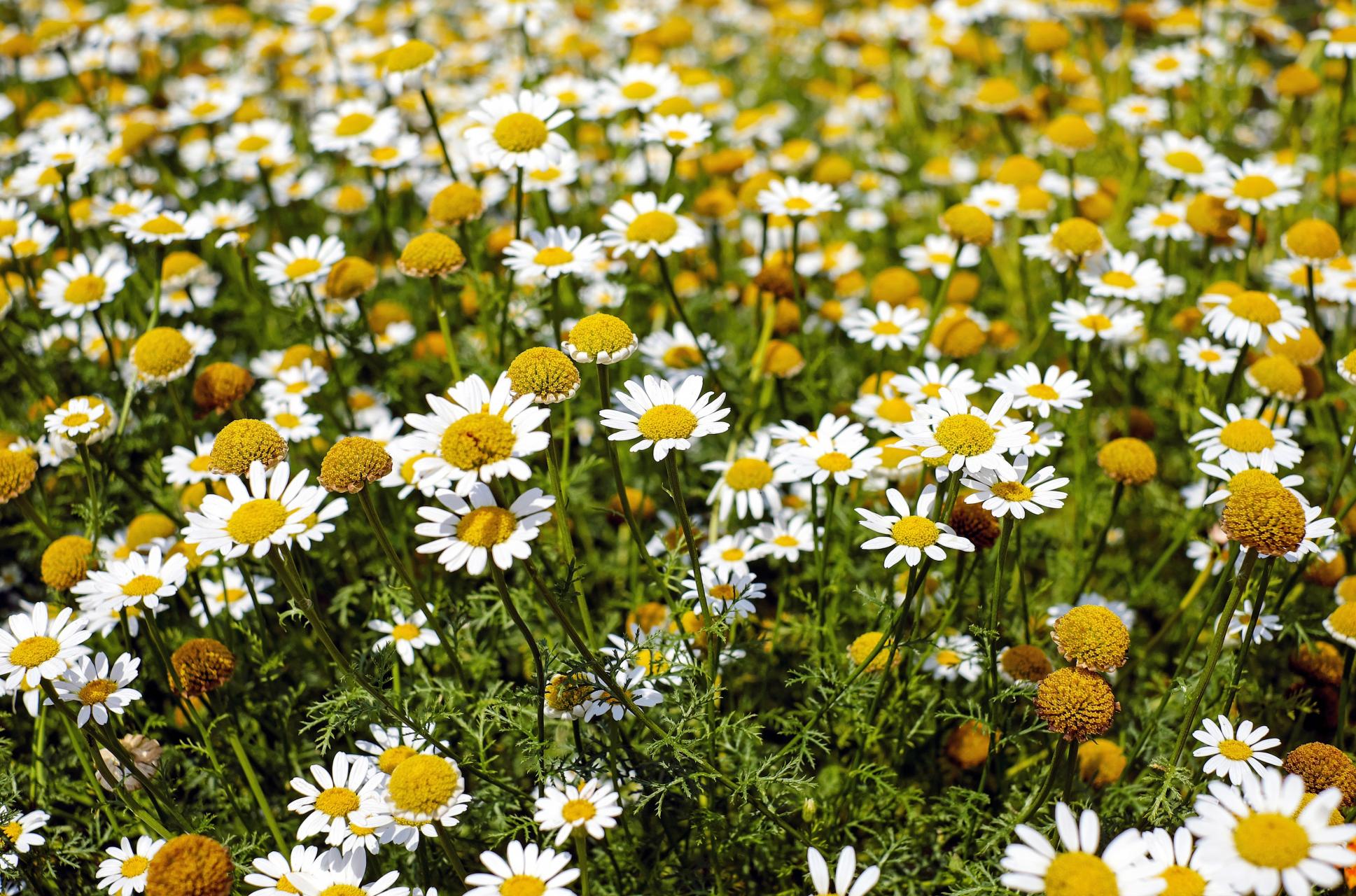
An unusual plant, chamomile is as beautiful as it is beneficial. Most gardeners are unaware that there are two varieties of common chamomile: German and Roman. Both are native to Europe and have medical properties; they are often combined to make herbal treatments, drinks, and skincare products. Both have daisy-like, fragrant blooms with white petals around a yellow centers.
The optimum time to plant chamomile is in the spring, either from seed or young plants. Both chamomile varieties are fast-growing, reaching full bloom in approximately 10 weeks. German chamomile is more often used to make tea, whereas Roman chamomile is frequently used as a ground cover or creeping plant to soften the edges of a stone wall or pathway.
With Chamomile
Although German chamomile (Matricaria chamomilla) is an annual plant, you could mistake it for a perennial because of how easily it self-seeds, similar to Roman chamomile (Chamaemelum nobile). Both are simple to maintain in a garden and only need a few things to flourish. Roman chamomile wins the prize for having more fragrant blossoms, but German chamomile produces more flowers overall.
Being too floppy and inconsequential when coupled with more formal and intimidating plants makes chamomile a poor choice for bedding plants. However, it may be used as an underplanting in a vegetable or herb garden, to soften the edges of a rock wall, and it works well in pots.
When the chamomile flowers are completely open, harvest them. You may use them either fresh or dried. When the flowers and leaves are dried, keep them in an airtight container in a cold, dark location (or frozen). Simply pick the blooms if you discover that the leaves make your tea too bitter.
Light
German and Roman chamomile both thrive in both full and partial shade. Although in warmer climes a little partial shade is preferable (particularly in the hot afternoon hours to prevent scorching the delicate blossoms), the plants will flower best in full sun. Usually, quicker growth results from more sunlight, however this plant grows quickly by nature.
Soil When planted in rich, organic soil, both varieties of chamomile will blossom at their finest. They can endure lesser combinations, although they often have floppier stems as a result. The pH of the soil is not important to chamomile; it prefers a neutral range of between 5.6 and 7.5.
Water
Young chamomile plants need approximately an inch of water each week. The plants are drought resistant as they mature and become established. The ideal practice is to let plants dry out in between light waterings. However, chamomile will benefit from a little extra moisture in severely hot temperatures.
Thermodynamics and Humidity
Chamomile can grow in any summer climate with temperatures below 100 degrees Fahrenheit. It enjoys temperatures between 60 and 68 degrees Fahrenheit as its preferred range. It can tolerate drought and does well in very humid environments.
Fertilizer
Chamomile doesn't need fertilizer to grow; it also doesn't require special nourishment to do so.
How to Plant Chamomile Seeds
Starting chamomile plants from seed is simple. Six weeks before the final anticipated frost, sow seeds inside. Spread the seeds out and firmly push them into the ground, but do not cover the chamomile seeds with earth since they need sunshine to sprout. They should germinate in seven to fourteen days if you water often. Although you'll get greater germination if you direct-seed chamomile outside in the autumn and allow the seed stratify over the winter for a spring harvest, you can also do this inside.
Typical Pests
The majority of insects avoid chamomile. Use of chamomile to keep cucumber pests away. Aphids and thrips, however, may sometimes be an issue. Both may be removed from the plant by washing it or by using insecticidal soap.
The Best Way to Make Chamomile Bloom
The tiny, white petals and golden centers of chamomile flowers give them the appearance of little daisies. The spring and summer seasons see the flowers blossom, which have a lovely, herbaceous scent. Giving your chamomile direct, full light is the greatest method to encourage it to blossom; if it is in shadow, it may not. Other than that, this plant is really simple; neither fertilizer nor deadheading are required.
Problems Often Found With Chamomile
Both indoors and outside, chamomile is a plant that is simple to produce and encounters few issues. But sometimes it need some tender loving care.
Blotches of brown on the leaves
This might indicate a number of fungus-related plant diseases, including botrytis blight. Your plant may be fixed by applying some fungicidal oil to the problem.
Leaves Fall Off and Turn Brown
Your chamomile may be receiving too much water if this is happening to it. Reduce the water use and assess the results.
文章
sososo赞了

共1条评论


sososo
2022年07月18日
0
thanks😘



